3 Mistakes to Avoid when Developing a Great Culture
Originally published on August 4, 2022
August is Culture Month at Charthouse! Follow along on the change course podcast, and via our LinkedIn, Twitter and Instagram for all our great content this month on culture change!
We all know that the companies with the best organizational cultures have amazing results, better productivity and retention and become a destination company for new recruits. But if developing a great organizational culture was so easy, wouldn’t we have all done it by now? Before you start on your culture journey, there are a few things you should know! Specifically, three huge pitfalls that you’ll want to avoid:
1. Your organization is not a family:
If you say you want your organization to feel like a family, have you considered that not all families are like yours? Besides we choose who we work with, not our families! And families have negative sides to their cultures too. If leadership is under the mistaken belief that the organization is a “family” then it can lead to the acceptance of all sorts of toxic behaviors. After all, in most family structures, once you’re in, you’re in, no matter how poorly you behave at the summer BBQ. The issues are that poor behavior is tolerated at many levels of the organization, and the ability to manage toxic behaviors or poor performance is limited. There is often an over-reliance on central authority and that the company will take care of you. That is, until it doesn’t! Instead, focus on the types of interactions that you want to drive in the organization, define them, and help leadership put them into place. For example, you want to ensure that people feel connected to their colleagues and that colleagues care about each-other? Define the interactions that you want to see and get leadership to help by leading by example. After all, good culture is driven by connection and respect for one-another not by the mistaken belief that you’re a family.
2. Don’t seek to be like someone else
The cultures that fail are the ones that try to be like someone else. In the previous post I wrote about how organizational culture is driven by the company’s purpose. If you try to adopt someone else’s culture to be “more like them” you will fail! Get to know your organization and figure out what aligns with your why. I remember a local burger chain that I used to frequent in the early ‘80s. The location was near the beach and had a winding line inside the restaurant before you got to the cash. The kitchen was open to the line, and the place was quite unique in that the people working in the kitchen would… sing! Cute jingles and little songs that were completely unlike any other place. Later, the company franchised, and I went to one of the franchisees. There was still singing but the magic was gone. The people working there looked miserable. Somehow in the process of trying to duplicate the model, the essential magic was lost. Something truly unique can’t be duplicated, so don’t try! Figure out what makes your organization unique and stick to that. Develop a culture that is unique to you.
3. Don’t put the people in charge
Culture is driven from the top down. As mentioned, it aligns with the purpose of the organization and must also support the strategy. Therefore, culture is a leadership responsibility. Many of the failed culture initiatives that I’ve seen involved putting staff in charge of cultural change. But culture doesn’t bubble up. It is top down. This is why power is an essential element in Connected Change ™. Culture and power exist together. Culture in many ways plays out in the behaviors that exist between people in the organization, importantly between leaders and teams, and then is mirrored between team members. Leaders have an essential role in defining and demonstrating the cultural behaviors that are desired, and acceptable, and most importantly what is not acceptable. If you tolerate great performers behaving badly – that will define your culture.
By defining the values that you seek and aligning with the purpose of the organization you can start on the path of creating a great culture. Thinking about what makes your organization unique and ensure that your leadership is leading in culture too. This will help ensure your success in developing a unique and positive organizational culture.

